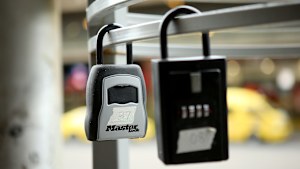One of the key elements of Australia’s response to the COVID-19 pandemic has been large-scale and rapid testing. By early May we were testing one person per thousand per day. By July the rate was more than two – high by world standards.
And the type of test we use – a so-called “PCR test” – is considered by medical professionals to be the gold standard. These tests look for viral RNA remnants in cycles. This process requires a laboratory, reagents and specialised machines, costs about $50-$100 per test, and takes between 24 and 48 hours for the results to be returned.



